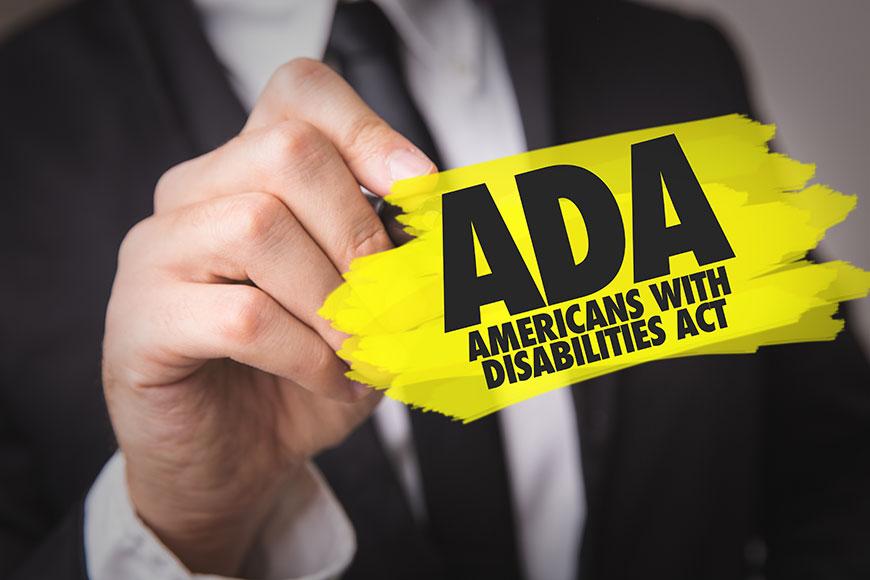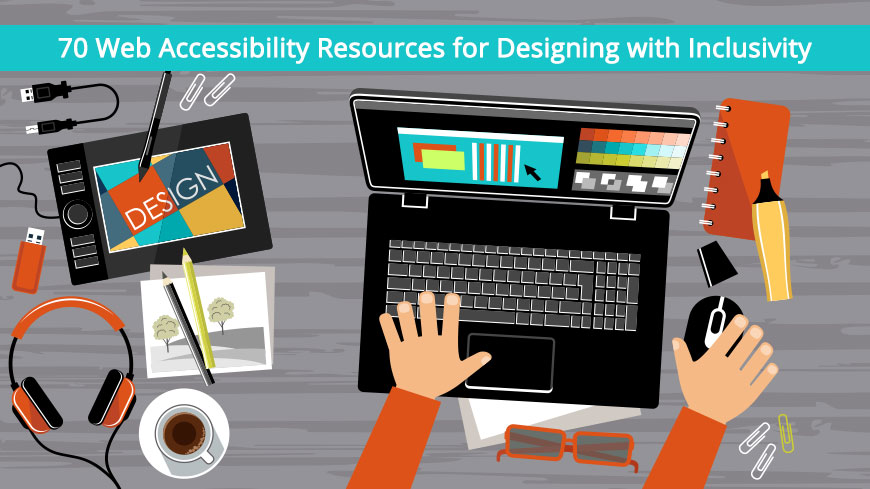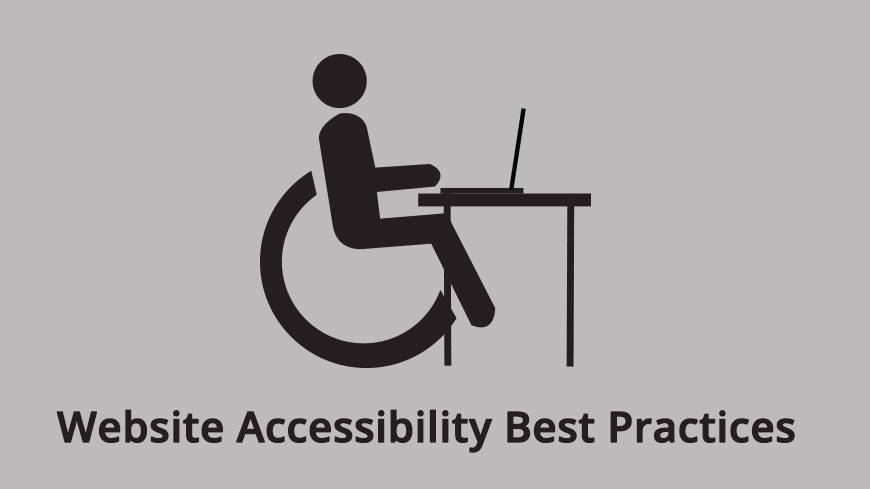What is the Americans with Disabilities Act (ADA)? January 31, 2018 by Garenne Bigby

There are many laws that have been written to protect the rights of America’s people. There are rulings that protect children, the elderly, and everyone in between. Some laws protect people from being discriminated against when it comes to race, sexual orientation, or religious views. Other laws might protect people of certain ages, and genders. There are laws that require both male and females to be paid based on skill and experience, and not just on gender. There are even laws that protect voters and women who are pregnant. The Americans with Disabilities Act (ADA) came into effect in 1990 and protects people with disabilities in America. It is considered a civil rights law that ensures individuals with disabilities will not be discriminated against in jobs, schools, and communities all over the country.
Read more70 Web Accessibility Resources for Designing with Inclusivity October 16, 2017 by Garenne Bigby

Web accessibility is the principle of preventing discrimination against website users with disabilities. More specifically, it means having websites and web content that people with disabilities are able to access, comprehend, navigate, and interact with, allowing them to contribute.
In essence, “web accessibility” is a blanket term that serves to encompass all disabilities that do otherwise affect access to the internet. This includes visual, auditory, cognitive, neurological, physical, and speech impairments. Older users, whose abilities are changing due to aging, can also be included in this thought.
There are millions of people with disabilities who deserve to have equal access to website and web content. Sadly, most websites and website software currently incorporate accessibility barriers. These make it increasingly difficult, often impossible, for users with disabilities to enjoy the full benefits of the online world that most of us take for granted. Take a look at the following blog post, “How Website Accessibility Affect Persons with Disabilities”, to see the challenges faced by users with different disabilities.
Read moreWebsite Accessibility Best Practices and Standards October 14, 2017 by Garenne Bigby

In recent years, there have been a number of lawsuits and court cases regarding web accessibility. While physical venues have clearly defined regulations to adhere by, there has been no such official guides for websites. Seven years ago, the Department of Justice (DOJ) began laying down the foundations for just such a document, a process which was expected to come to fruition in 2018.
However, thanks to a January 30th Executive Order signed by President Trump, it is highly unlikely that the DOJ’s adoption of the Web Content Accessibility Guidelines (WCAG) will still be able to take place. In the meantime, accessibility lawsuits are expected to increase in number as website owners have a lack of official, governmental regulation on recommended practices.
Which is why we’ve decided to research what the best accessibility practices are, and provide you with the guidance being withheld from you.
Read moreHow Website Accessibility Affect Persons with Disabilities October 12, 2017 by Garenne Bigby

Web users are a very diverse group of people. The internet spans the globe and allows people across ages and nations to communicate and interact. Each user brings unique perspectives, histories and opinions to the worldwide forum. There are, however, some differences between the users. These differences are not limited to just location or language differences. Some web users have lives that are complicated with lifelong disabilities. These extra challenges do not stop them from getting the benefits of being connected to the digital world.
Accessibility is necessary and can be added to web functionality by means of tools, additional software or even special training. Having a disability might be an obstacle, but there are still plenty of ways to navigate the web.
Read moreWeb Accessibility Lawsuits Set to Increase Under Trump October 11, 2017 by Garenne Bigby

In the Middle Ages, persons with disabilities were considered “cursed” and often shunned or even put to death. Today, however, we have come to understand the medical causes for disabilities that arise from complications in the birthing process or due to genetic abnormalities. Modern man is, on the whole, better educated on disabilities, and therefore less prejudiced against those who have them—for whatever reason.
As awareness has increased, so too have efforts been made to better accommodate persons with physical or mental disabilities, including difficulties with speech and/or learning. The Americans with Disabilities Act (ADA), Title III thereof, strictly prohibits any discrimination made on the basis of a disability.
Originally, the ADA focused on physical venues, particularly areas of public accommodation. These are spaces and businesses that are generally open to the public, and fall into one of 12 categories as described in the ADA. Examples include schools, day care facilities, recreation venues, movie theaters, restaurants, and doctors’ offices. Under the legislation, new buildings are required to comply with the standards set in the ADA, as are those that are being renovated. This extends to areas that exist as commercial facilities as well.
Read moreCreate Visual Sitemaps
Create, edit, customize, and share visual sitemaps integrated with Google Analytics for easy discovery, planning, and collaboration.
Popular Tags
Search Engine Optimization SEO Accessibility Testing Create Sitemaps Sitemaps UX User Experience Sitemap Generator Content Audit Visual Sitemap GeneratorGet Started with DYNO Mapper
Join thousands of professionals using the most advanced visual sitemap tool to simplify discovery, IA, and content planning.
👉 Start Your Free Trial — No credit card required.



